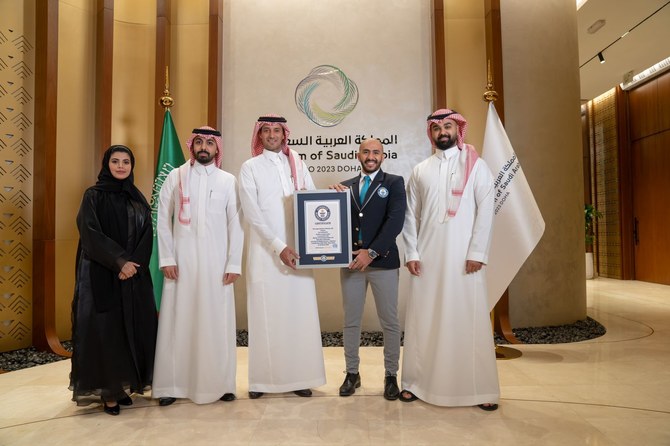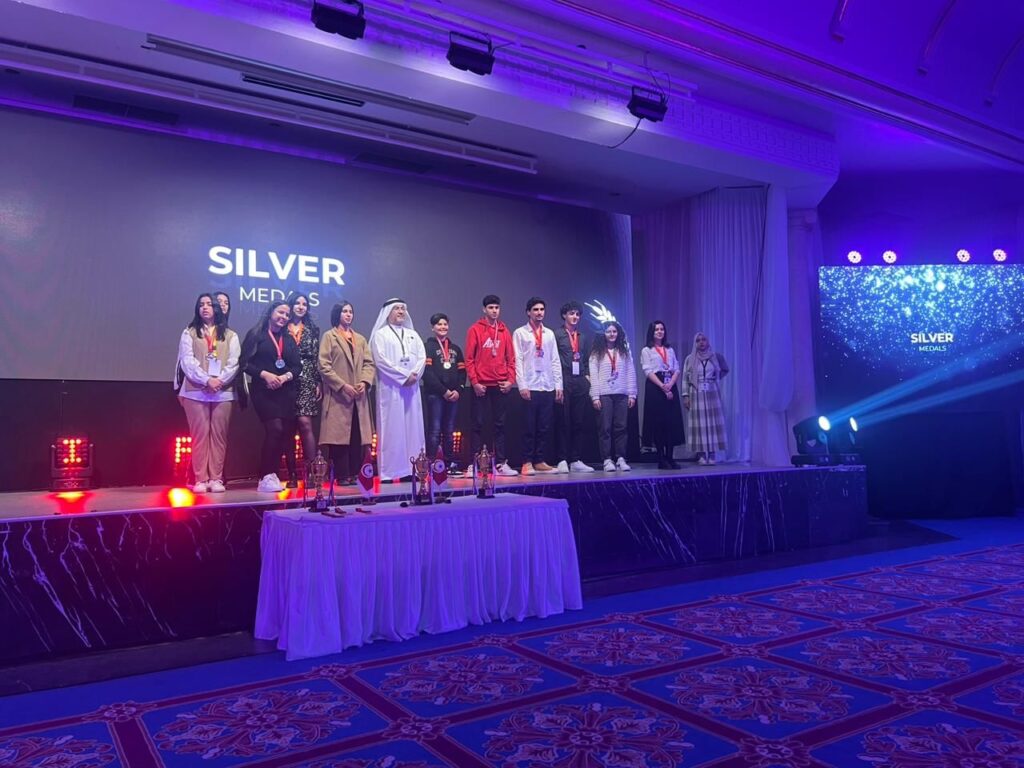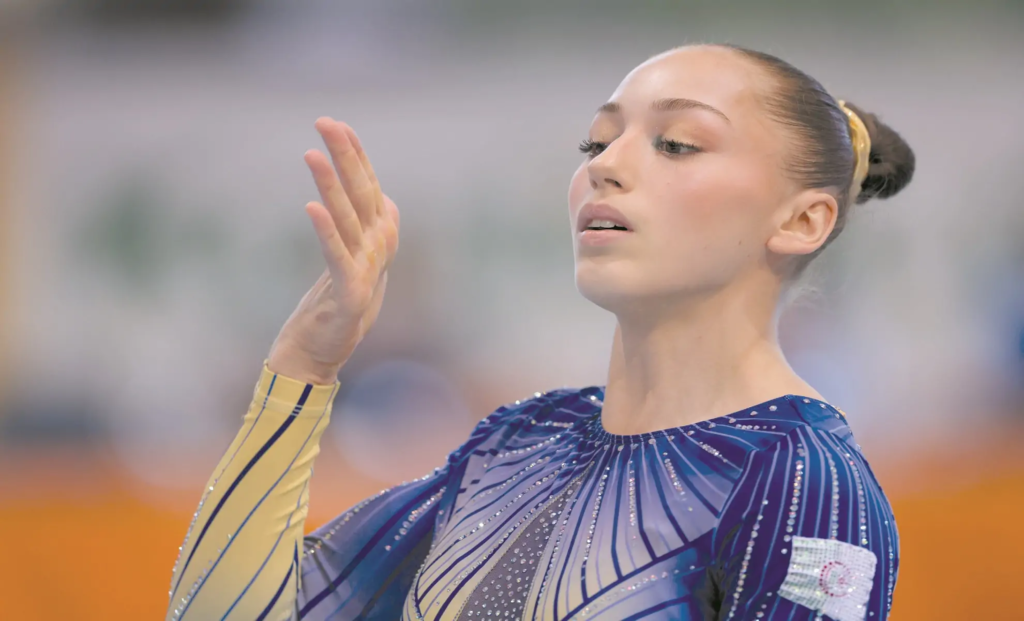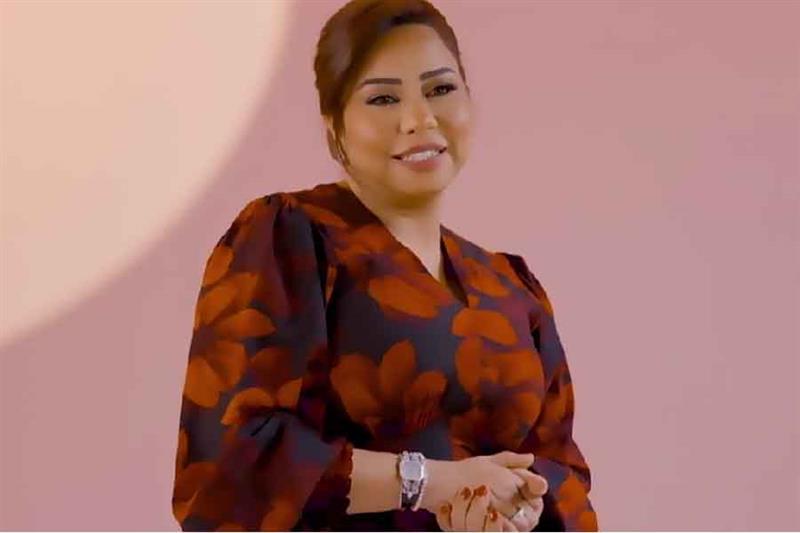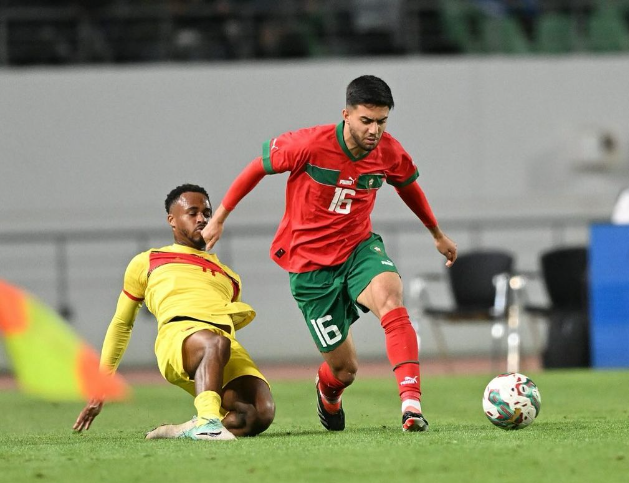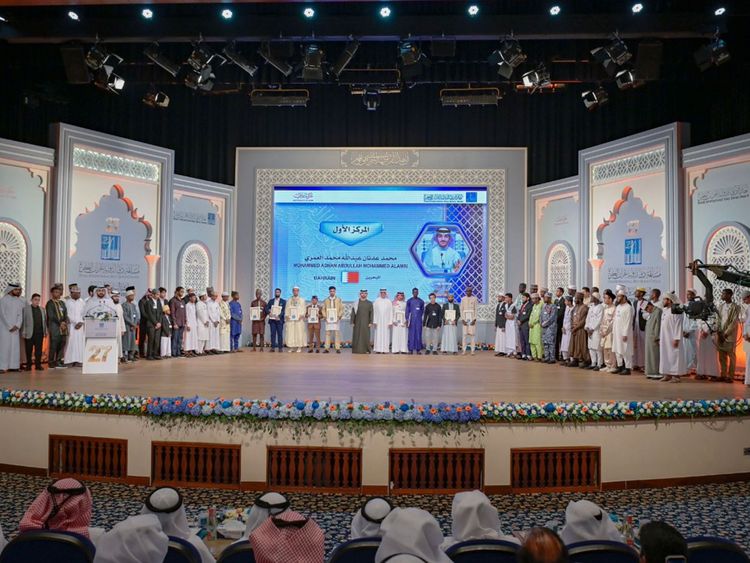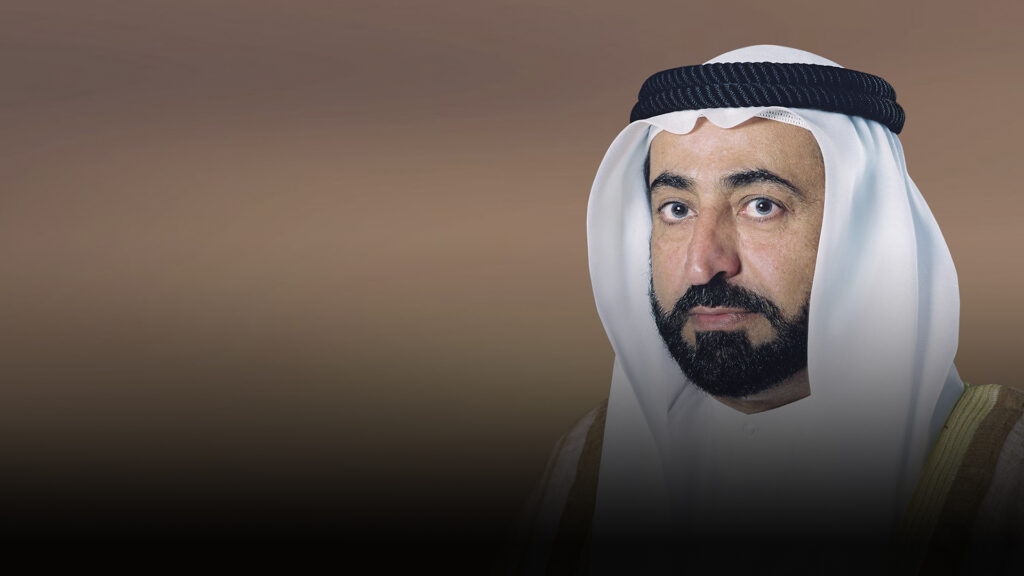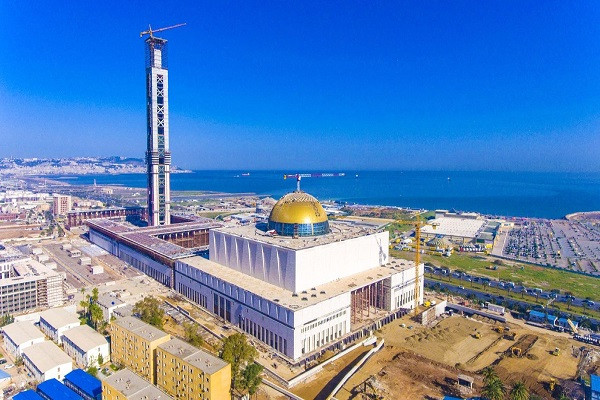Munira’s election recognises contributions of regional office in achieving WCO objectives
Saudi academic Munira Khalid Al Rasheed has made history by becoming the first Saudi and Arab woman to lead the World Customs Organisation’s regional offices for global information exchange.
The Regional Information Exchange Offices of the World Customs Organisation have elected Munira as the President of the Regional Information Exchange Network for the next two years (2025-2026).
The announcement was made during the 31st global meeting of the Regional Offices, recently held at the headquarters of the World Customs Organisation in the Belgian capital, Brussels.
The election follows Munira Khalid Al Rashid’s appointment as Vice-President in addition to her current position as the Director of the Regional Office for Information Exchange in the Middle East (RILO ME) at the Zakat, Tax, and Customs Authority.
Her election recognises the contributions of the Middle East Regional Office in achieving the objectives of the World Customs Organisation. It also involves representing 11 local offices affiliated with the Middle East region in all meetings, conferences, and workshops.
The Kingdom has, in recent years, enacted landmark reforms, significantly expanding women’s opportunities.
These reforms include granting women the right to drive and increasing their workforce participation.
Munira’s educational background includes a Bachelor of Business Administration with a major in Management, Marketing, and International Business from the University of New Haven, USA, in 2004, and an Executive MBA from Al Yamamah University, Saudi Arabia, in 2013.
Over her 18-year career, Munira has held various positions, including heading the Admission and Registration Department at Al Yamamah University, working in the Regional Management Department at Credit Suisse Saudi Arabia, and serving as Director of Public Relations at Volkswagen Group Saudi Arabia.
She has also been the Director of the Marketing and Communication Program at the Government Human Resources Development Fund (HRDF) and Advisor to the Deputy Governor for Security Affairs at the Zakat, Tax and Customs Authority.
source/content: arabnews.com (headline edited)
__________
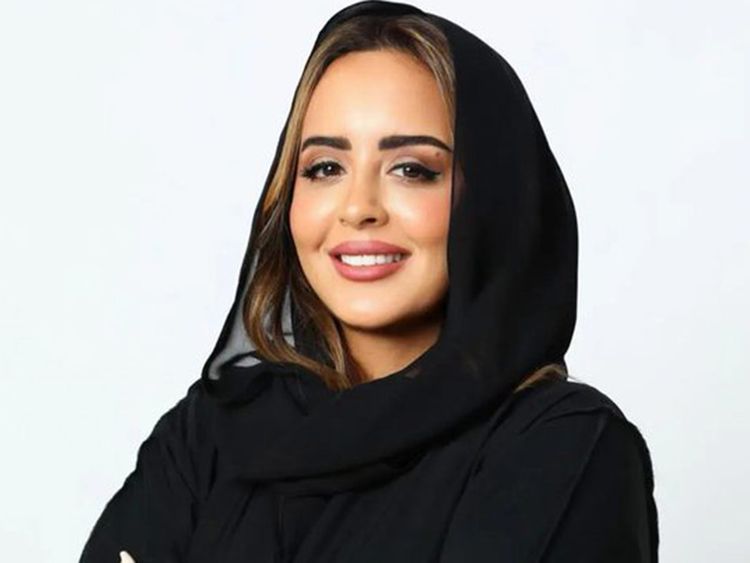
_________________
SAUDI ARABIA


